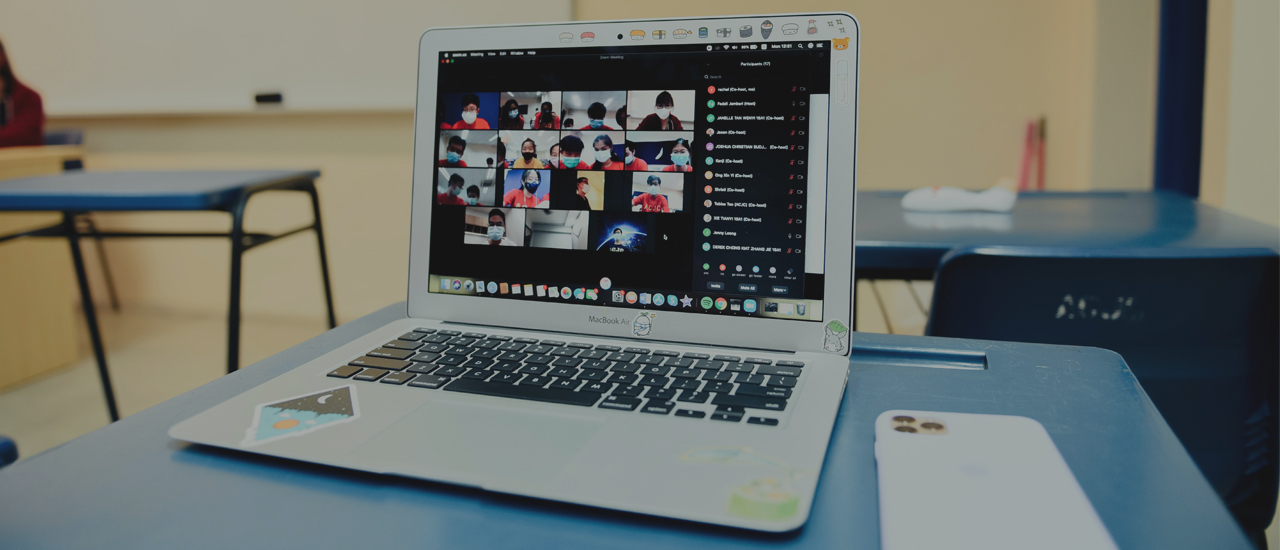
Zoom Training – The Pro’s (No Cons!)
Author: Dennis Parkes
Zoom Training Sessions
During the pandemic, Zoom sessions have become commonplace and a necessity for clubs and players throughout all levels of the game. As beneficial as we know they have been we are all relieved to see that outdoor sports can continue from 29th March. We wanted to take a look at the impact that repetition, purposeful practice and individual technical sessions have had on players this season.
Virtual training that has taken place during the year have typically been either a group or an individual 1 to 1 session. Having a 1 to 1 coaching session can support learning in a different way to group sessions and is an invaluable tool for growth, granted that the coach has the expertise and knowledge (and technology!) to identify and teach specific areas for development and execution. Players can focus solely on ball mastery and 1v1 domination in functional and game-specific ways. It is when given this individual attention that they can learn to deal with the ball in any situation and develop their detailed technique through constant repetition and a higher volume of touches of the ball. This type of training can help develop players skills, turns, first touch, control, scanning and passing.
Traditionally, 1-1 coaching sessions are more technically focused and then coaches can weave in the tactical elements of their game that need improving to create position-specific technical training sessions. Zone-specific training sessions are different for players in different positions, with movements for each position being different. 1-1 coaching can still be game-specific, and it is important when working with players to understand their needs positionally. Furthermore, a virtual training session can serve as an interactive classroom, with a wide range of tools available to explain more complex tactical details to players.
It is vital however that players are kept invested in any practices. Ensuring a high intensity, ‘big’ movements and a competitive element (how many turns can you perform in X time?) will bring out those realistic elements that will prove vital as we see a return to outdoor and more physical games.
In group sessions, players that are suffering from a lack of social contact can really benefit from team virtual training. Players can see their peers’ energy levels and interact with them over Zoom. They can also catch up with their coaches, often another positive role model in their lives and somebody different to their usual household and virtual school teachers. In addition, players can learn to improve with the use of minimal equipment, facilities and teammates. Training can take place outside, although this is dependent on circumstances such as having a garden or a suitable space. It is also a great ‘leveler’ for players, as due to the minimal space and equipment required, some those possibly less dominant players have their own space and time to develop, but also those who are potentially the shyer in the group have a platform to perform away from the gaze and judgement of others. These group sessions also provide a simple tool for competition and fun for children taking part in multiple races, games and challenges.
Overall, the confidence of players can improve from the lack of challenging opposition and repetition through demonstrations and players can benefit from high-intensity interval training (HIIT) during sessions. These are likened to a match scenario, and coaches can provide football-specific fitness training to players. Once sport returns, virtual training sessions can definitely benefit players even during a regular season in a variety of ways, and it’ll be interesting if clubs keep providing this as a learning tool and if it will continue to benefit players in the long run.
Categories

